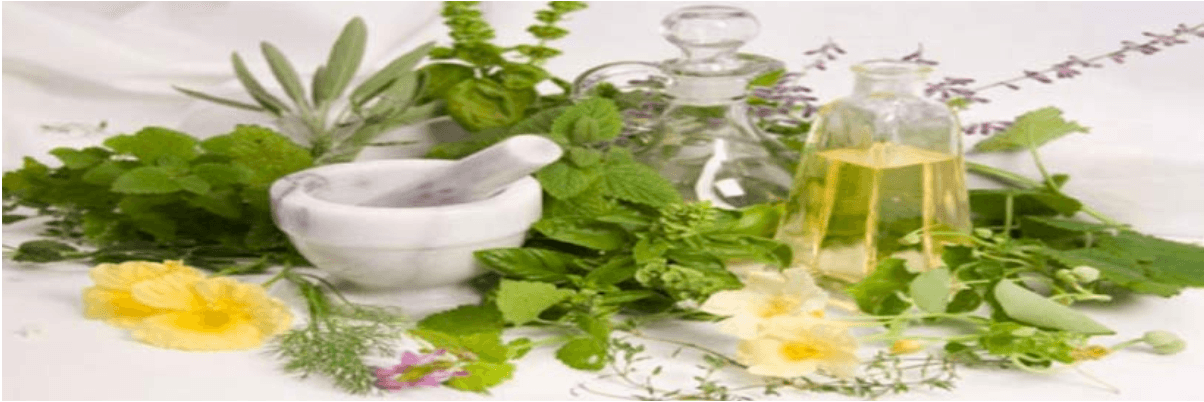Alternative Medicine is an Adjunct to the Conventional Medicine
From the very beginning, mankind has had a desire to maintain wellness, seek cures for ailments, and prolong life expectancy. Alternative medicines are medical interventions not taught in conventional medical schools. They include herbal medications, acupuncture, therapeutic touch, chiropractic, homeopathy, prayers and other religious practices. (Chart I)
In the USA every year, 60 million Americans use alternative therapies at a cost of 13.7 billion dollars, including 3 billion dollars on herbal medicines. The number of annual visits to the providers of alternative medicine (425 million) exceeded the number of visits to primary care physicians (388 million). Sometimes in small towns and villages, due to the lack of availability of practitioners of conventional medicines, alternative medicine is the only medicine available.
I must clarify my own position. I am a practitioner of conventional medicine and not of alternative medicine. However, I do believe in incorporation of alternative medicine into conventional medicine. Many believe that the word “alternative medicine” is a misnomer because unconventional medicine preexisted before conventional medicine.
 I do believe that because of the advancement of medical technology and knowledge for the last 200 years, medicine has come to a stage that the conventional medicine is the only alternative for acute medical conditions. I would not go to a practitioner of alternative medicine for broken bones, head injury, heart attack, acute infection, cancers, and endocrine tumors or deficiency.
I do believe that because of the advancement of medical technology and knowledge for the last 200 years, medicine has come to a stage that the conventional medicine is the only alternative for acute medical conditions. I would not go to a practitioner of alternative medicine for broken bones, head injury, heart attack, acute infection, cancers, and endocrine tumors or deficiency.
There is no doubt that certain forms of alternative medicines do work. Enclosed chart 2 and 3 outlines some forms of alternative medicine available for these conditions, and then compared to the conventional medicines. I personally believe in the power of prayer as an adjunct to conventional medicine and I do take multi-vitamins.
The problems of alternative medicines include: lack of standardization, lack of a clear single compound in herbal medicine, lax licensing and regulation, not enough warning of side effects, and delay in seeking acute care.
Most of the herbal medicines do not have enough warning and some of them can be very risky. The FDA has logged more than 2,500 reports of side effects associated with dietary supplements since 1979. About 900 of such illnesses and 44 deaths involve people taking herbal products that contain Ephedrine like stimulants. Other possible culprits range from diet teas which induced miscarriage to hormones such as DHEA. Thus the FDA has labeled 16 supplements as risky. The American Herbal Product Association Handbook classifies 700 herbs which advises warning labels for its 200 member companies.
Germany has commissioned an agency for the safety and effectiveness of 300 herbal products, 200 of which were approved as drugs in that country.
I myself as an endocrinologist have seen several cases of iodine induced thyrotoxicosis in patients taking shakley and kelp multi-vitamins, and hypoglycemia in diabetics on insulin and ginseng.
Though there are clear benefits of prayer and religious practices in improving compliance and health outcome, faith healing alone in acute illnesses has been blamed for 172 deaths in the United States over the last 20 years when parents prevented their children from seeking medical care for conditions such as meningitis, appendicitis, pneumonia, and diabetes. In our own state in Indiana, not too long ago, a child with diabetic ketoacidosis who was not sent to a hospital for acute medical care, died in a diabetic coma. The five religious groups which have been identified, who are opposed to seeking medical care, are Church of the Christ, The Scientist, The Church of the First Born, The End-Time Ministry, Faith Assembly, and Faith Tabernacle. Fortunately we Muslims do not have such a belief because we are told by Prophet Mohammed (pbuh) “to seek cure as God has not created a disease without a cure except death”.
My proposal is to integrate some aspects of alternative medicine which have been proven to be efficacious with conventional medicine and develop the concept of the integrated medicine. Many hospitals now have departments of alternative or complementary medicine where patients are referred to for additional benefits.
For a healthy person, certain forms of alternative medicines such as nutrition, exercise, stress reduction, and prayer can be preventive medicine, and prevention is better than cure.
How do we integrate alternative medicine with conventional medicine?
One does not have to have severe classic symptoms to have a seriousdisease. Thus no patient will be ignored because he had atypical symptoms. Coronary artery disease patients can present with chest pain, epigastric pain, jaw pain, or arm pain. Headaches can be due to migraine, stress, brain tumor, or many other causes.
I propose all patient’s be seen first by a practitioner of conventional medicine who during or after the initial evaluation and treatment, would refer him to a practitioner of alternative medicine for additional benefit. For example, a patient with intractable neuralgia can be referred to acupuncture, or if under stress, to bio-feedback, and if religious, for meditation and prayer.
Deciding on an alternative medicine as an initial and only form of treatment may be inappropriate. A course “introduction to alternative medicine” should be given to all physicians and medical students.
Shahid Athar, M.D., F.A.C.P., F.A.C.E.

